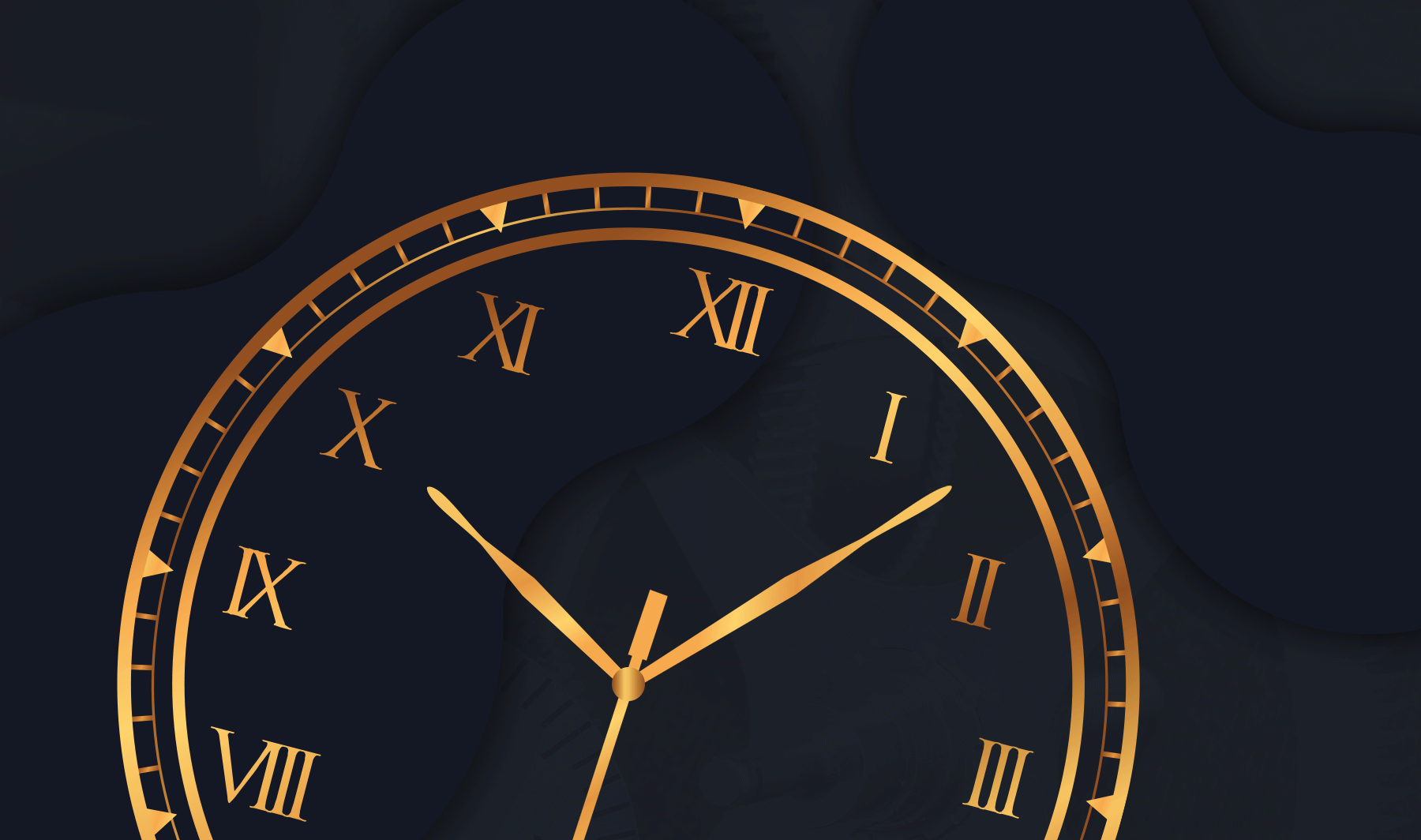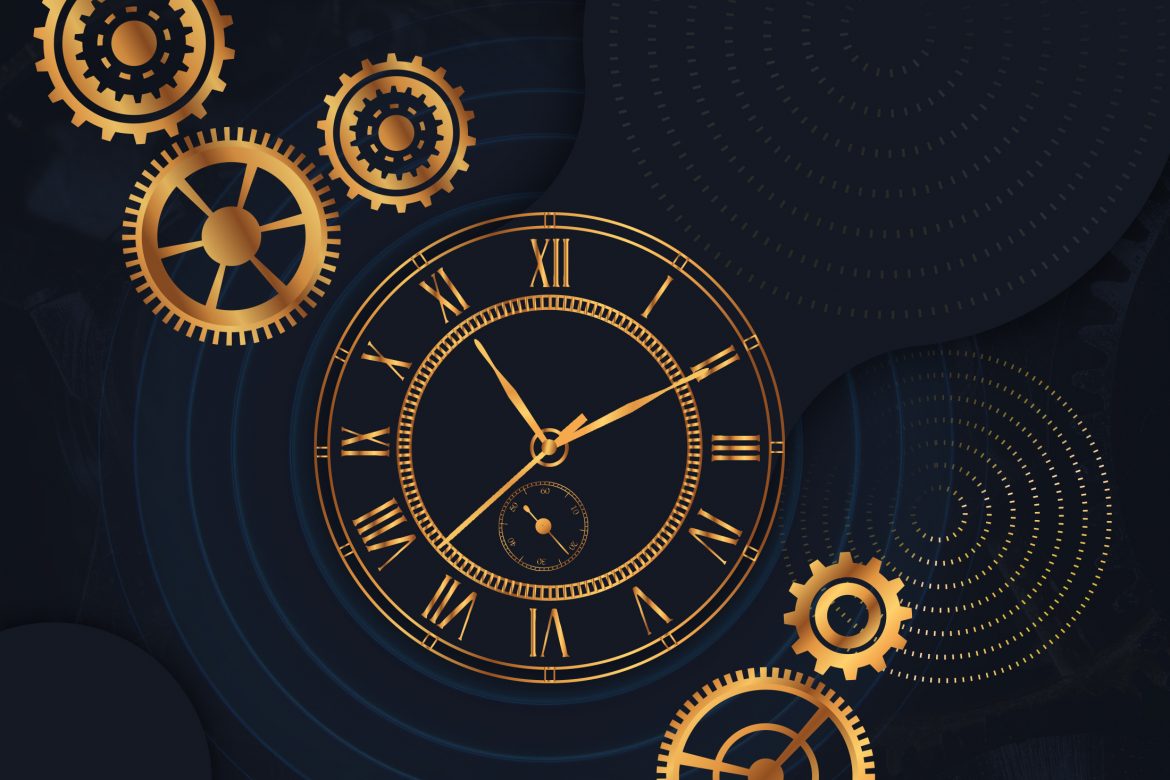The test of time.
To be immortal is to live forever – and never end one’s life or existence. Immortality is usually applied on living objects and rarely on inanimate items, but perhaps mechanical timepieces may bear the exception.
The expected life span and survival rates of a living organism vary depending on its species, the part of the world it comes from, and the level of healthcare in that country. What about watches? Depending on its make, brand, beating heart, intrinsic craftsmanship, complications, and maintenance, timepieces can easily outlive a human and be passed on for generations.
Most horological experts believe that the first clock was built around 1386 and stands at the Salisbury Cathedral, in England. As with most things in life, this is up for debate as other experts believe that the oldest clock stands in the Beauvais Cathedral, Chioggia, Italy. As for the first watch ever created, it is believed to be the Pomander watch, made by Peter Henlein from Germany, in 1510. Or should we say portable clock? During that time, any timepiece that could be placed in the pocket, on the wrist or around the neck was deemed as a watch. The oldest pocket watch was the Melanchthon watch named after Philipp Melanchthon in 1530, while the oldest wristwatch (arm watch) was made for Queen Elizabeth I of England in 1571.
More than 630 years on, these timepieces still exist; their hearts continue to beat. Would you not consider them immortal?

Not unlike the human, the survivability of a timepiece depends on
- its primary mechanism (like the health of the human at birth – free of disease), fine watchmakers build very reliable and long-lasting instruments and parts,
- its regular maintenance, servicing, and lubrication (like the human requiring regular exercise and health checks as it ages),
- the viability of the watchmaker company itself (good healthcare providers for the human), as the company would need to be around to service and maintain the timepiece. Some heritage watchmakers actually do authentication and restoration of their old timepieces.
As time evolves, so do craftsmanship, innovations, complications, and modifications of timepieces. Master craftsmanship and excellent watch making remain in the DNA of such legendary watchmaking brands – founding years in parenthesis – as Blancpain (1735), Vacheron Constantin (1755), Arnold & Son (1764), Breguet (1775), Jaeger-LeCoultre (1833), Patek Phillipe (1839), A. Lange & Sohne (1845). Many mechanical timepieces from these illustrious brands have lived beyond 6-7 human generations; indeed they have stood the test of time and shown resilience.
In the age of the smartphone, men may no longer need to buy watches to tell time, but beautifully made timepieces have become markers of taste, style, elegance, and social status – all at once. One may also appreciate the hand-crafted mechanism and intricate technical details of the timepiece itself. The quartz alternative may be a fraction of its price, but some will still choose the exquisite complicated, albeit less accurate, mechanical timepiece. These watches may yet live on forever – as jewellery, symbol, and heirloom.
Related links:
Are Watches Viable as an Alternative Form of Investment

